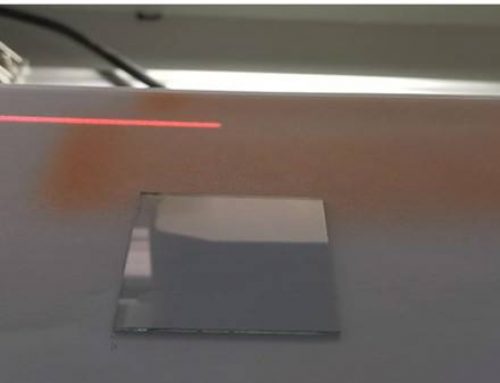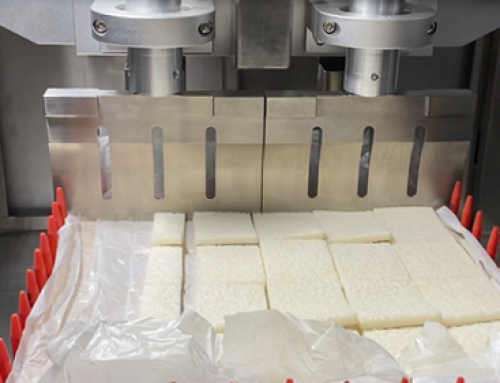Sensors In Medical Industry
Implications
To say that sensors will have a transforming effect on health care overstates their impact in the short term but is realistic within 10 years. Sensor technology will move the place at which health care is delivered in the future, changing the roles of hospitals, outpatient sites, homes, and ambulatory programmes outside the home.
Hospital
The vent on the ceiling of the lobby will be an air monitor, which detects and reports any visitor who might transmit an airborne infection to a patient. Other sensors will be located in sinks for staff and visitors who are required to wash their hands before and after going into a patient’s room. Any carrier will be swept with a hand held biosensor, which identifies the specific organism and its sensitivity pattern.
The central laboratory will no longer exist. Less frequent tests will be done at a regional facility. The bacteriology laboratory will have been replaced by hand held biosensors, some of them functioning as electronic noses and others detecting and characterising organisms in sputum, urine, and other secretions. The biochemistry laboratory will be gone too and replaced by chemical sensors worn by or implanted in every patient. For acutely ill patients similar arrays of chemical sensors will be components of infusion catheters and beds. Values can be read by authorised staff on devices at any site.
The table used in operating rooms, the gurney, and the hospital bed will be the same piece of equipment, which will be wheeled around by robots. A sophisticated life support for trauma and transport unit (LSTAT, Northrop Grumman) designed for use under battlefield conditions and commercialised after the turn of the century, was the forerunner of this mobile bed. The apparatus combines aerospace materials, information processing, and integrated systems technologies in a unit that is capable of autonomous function. Through the use of embedded sensors the bed can monitor vital signs and blood chemistries, and it is also equipped to provide, under the control of sensors, mechanical ventilation, suction, intravascular infusion, and cardiac defibrillation. The patient can remain on this unit for surgical procedures and for recovery, while being continuously monitored by smart sensors that can activate homoeostatic programmes in response to changes in the patient. A central intensive care unit will no longer be needed for monitoring patients who are acutely ill or who have had surgery, reducing the risk of cross infection.
The cardiac catheter laboratory will haveentered the age of molecular cardiology. Because pharmaceuticals have reduced the incidence of atherosclerosis and can dissolve plaques and clots, the number of patients requiring coronary angioplasty has dwindled. Instead, catheters directed by sensors will be used to deliver angiogenesis factors and cultivated myocardial cells to ischaemic and damaged heart muscle. A few patients are being treated with new sensor based micromachines that can remove plaque from coronary arteries.
Outpatient site
Patients provided with smart pacemakers, artificial retinas, and chemical sensors will be seen in a local ambulatory primary care clinic. The physician or nurse will obtain information on line about a patient’s blood chemistries, electrocardiogram, blood pressure, and temperature. A diabetic patient will have had no diabetes related problem since having a smart glucose sensor or insulin reservoir system implanted. An elderly woman with transfusion related AIDS who seems healthy will be managed by a smart viral count sensor integrated with an implanted reservoir containing a drug. A smart sensor or drug reservoir system will be equally effective in the management of a patient whose dysfunctional manic depressive illness is now modulated by chemical sensors that detect the initial chemical imbalance and actuate the injection of appropriate drugs.
Home health care
Telemedicine and sensor technologies will have moved the outpatient laboratory and the doctor’s surgery into the living room. Interactive video conferencing, educational programmes, and a broad range of sensors will provide health care at a distance. Patients will not need to tell nurses their weight because it, vital signs, and blood chemistry values will be seen by the nurse on a hand held device. The nurse will be able to inform patients whether their toilet reported bacteria in their urine, and the pharmacy will deliver a prescription accordingly.
Ambulatory treatment
Smart blood pressure sensors will manage the drugs for patients with hypertension, sending an immediate alert to the central monitoring unit when integrated sensors for cardiac function and vital signs indicate an unexpected problem. Episodes of diarrhoea in patients with an irritable bowel syndrome will be detected as they begin to evolve and patients will be able to terminate these abruptly by pressing a drug filled subcutaneous reservoir.
Final thought
Within 10 years biosensors will cause changes in sites of care and the configuration of delivery systems. In many cases the quality of care will be improved and patients can be managed in their homes. Hospitals will operate differently, as well as more safely and efficiently. These advances will, however, be expensive and in many parts of the world irrelevant. New and better vaccines for preventing common conditions afflicting many millions throughout the world would be a far greater benefit to humankind than all the sensors that will be developed and manufactured in the next decade. The contrast between the upper socioeconomic classes with access to sophisticated medical technologies and the lower socioeconomic classes that continue to bear unnecessary morbidity and mortality underscore eliminating health inequities as one of our highest priorities.
Article Source: https://www.ncbi.nlm.nih.gov/pmc/articles/PMC1129066/
biological sensor coating – ultrasonic coating for blood-pressure sensor – cheersonic
Recommended Machine
UAL100 ultrasonic dispersion liquid supply system
UAM3000 Ultrasonic Bracket Spraying Machine
UAM4000 small desktop ultrasonic spraying machine
UAM4000L Ultrasonic Precision Spraying Machine
UAM6000 Ultrasonic Large Spraying Machine
UAM7000 Ultrasonic Balloon Guide Wire Spraying Machine
UAM8000 ultrasonic assembly line spraying machine







